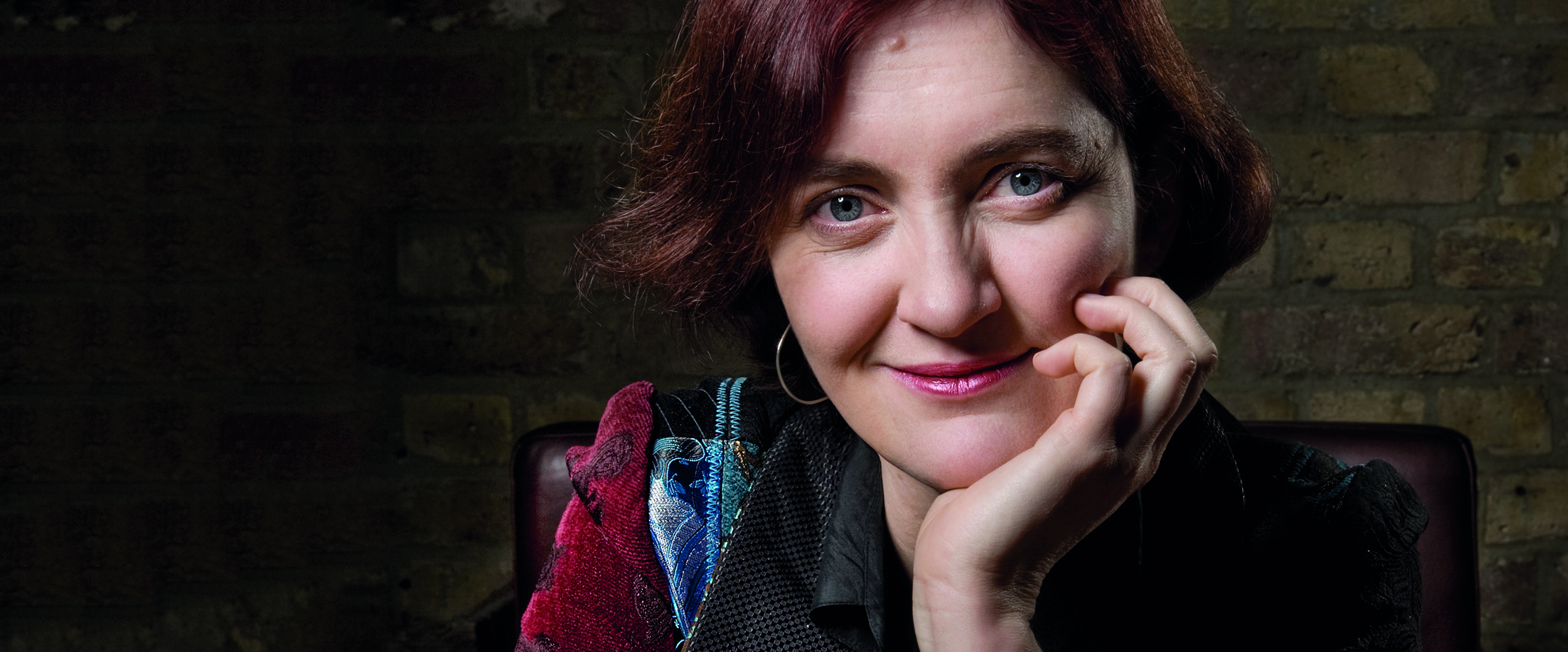Exploring the phenomenon of the so-called ‘fasting girls’ between the 16th and 20th centuries, The Wonder (Picador, £14.99/Audible, £21.99) follows Florence Nightingale-trained nurse Lib as she is sent to a small Irish village to keep watch over Anna – whose parents claim hasn’t eaten for four months. But as Lib attempts to uncover the reason behind Anna’s religious fast, she discovers a dark truth.
Like your 2010 novel Room, The Wonder features a child as its central focus. What makes children such interesting literary subjects?
They have amazing minds, but very little knowledge of the world, and their gullibility means they can be easily brainwashed. They grow and change faster than adults, they adapt better, they’re superpowered… and yet they’re powerless. Jack in Room and Anna in The Wonder couldn’t be more different, though; not just culturally but because he’s a five-year-old boy and she’s an 11-year-old girl.
The Wonder is inspired by the 50 cases of fasting girls between the 16th and 20th centuries. What sparked your interest in this topic?
I’ve always been interested in freaks – people who are put on show for some extraordinary trait. They’re outliers who illuminate the ordinary human condition. They’re fictional characters even when they’re real, because their stories are always somewhere on the spectrum from total fake, through exaggerated, to over-publicised. The fasting girls have intrigued me for two decades, especially those who seemed motivated by religious zeal as much as what we now call anorexia.
How did the character of Anna form in your mind?
I worked backwards from the story: what kind of girl could convincingly seem to live on nothing?
Was there one case in particular that informed the narrative of The Wonder?
It owes a lot to the very tragic case of Sarah Jacob (d.1869), but I borrowed ideas from many other girls and women.
You were born in Ireland before moving to England as a student. To what extent did your own background influence the setting?
Very much. I enjoyed moving back to home territory for this novel, and testing the strengths (and exposing the horrors) of that cultural tradition.
The nurse, Lib, was trained by Florence Nightingale. Tell us about your research into Nightingale and her work.
All I knew about my nurse character at first was that she would have to be good at her job to make the novel work – and trained, thoughtful nurses in the 1850s were a small gang, mostly trained by Nightingale. She’d turned a form of low-status domestic labour into a profession with dignity*. I found my research into the “Nightingales” crucial not just for the back-story of Lib’s formative time in the Crimea, but for the nitty-gritties of how to look after a patient with observation and care.
Room was extremely successful. How important is it for you to explore different themes and topics in other books in the wake of its success?
It’s vital. I could sell more “kids in weird contemporary crime-related situations” novels on the back of Room, or a sequel, but I don’t want to. With my three books since (Ashtray, Frog Music and The Wonder) it’s felt as if I’ve plunged into three new worlds, and that’s what keeps my writerly juices flowing.
Do you have plans for another book?
I’ve got the first in a series of novels for young readers (8-12) out next spring, The Lotterys Plus One. And I’m currently working on screenplays for big screen and small.
Saskia Murphy


Leave a reply
Your email address will not be published.